Everybody have seen this before
All dogs have four legs
My cat has four legs
Therefore, my cat is a dog
I think we can all spot the problem here — my cat could be a dog, but since not only dogs have four legs, it does not have to be. In fact, my cat is not a dog because of traits unrelated to the four legs.
Now, let’s try this
All good tea has X
This tea has X
Therefore, this tea is good.
Or
All old teapots has Y
This teapot has Y
Therefore, this teapot is old
Now, these statements can all be true — they are potentially true. However, as we’ve seen in the first problem, they do not have to be true. Quite the contrary, in fact.
A real life example that is widely used is this
All old tree puerh leaves have thick veins
This tea has thick veins
Therefore, this is an old tree puerh leaf
At one point I subscribed to this theory, or at least strongly entertained the possibility of it, but upon further reflection and observation, I have found this to be untrue. I have seen teas that are obviously from large plantations (big factory stuff) that exhibit thick veins, therefore disproving this theory that thick veins prove a tree’s age.
It is pretty easy to fall into the trap of following along one of these flawed deductive reasoning, usually from a reputable seller or vendor or “expert” and then just taking the statement at face value and not thinking through the logical implications of the deductive process. While it certainly may have been true that only old tree leaves have thick veins, there is no guarantee that this was the case without extensive evidence that all other kinds of tea tree leaves have no thick veins.
Another one
All old teapots are tea-stained
This teapot is tea-stained
Therefore this teapot is old.
Obviously it doesn’t have to be true again.
Now, with other supporting evidence, these statements could be true. If we assume that zhuni is now extinct and has been for decades, for example (a point that is hotly debated everywhere), then we can probably say
All zhuni pots are made from clay that is extinct
This teapot is a zhuni pot
Therefore this teapot is made from clay that is extinct
Ok, that works, but if you change it to
All zhuni clay is decades old
This teapot is made with zhuni
Therefore this teapot is decades old
Well, somebody may point out that a potter may have harvested a lot of zhuni clay before it went into extinction, and is in fact still producing new pots using this old clay. So, even though your clay is decades old, the pot is brand new. In theory, this is possible. In practice, how anybody can store (securely, I might add) tonnes of clay that seems inexhaustible is questionable. Either way, the above statements do not convey the entire argument that will have to go into debating whether a pot is new or old. Using one small trait as its definining characteristic is not exactly reliable if you don’t know all the other relevant facts.
This kind of reasoning works better in the other direction, actually. Let say somebody devised a new way of pressing puerh cakes that embosses a mark on the cake itself
All embossed cakes are new
This cake is embossed
Therefore this cake is new
That would work since we know that the embossing process is new. The first line should actually read
All embossed cakes can only be new
Then there’s no doubt as to what’s going on.
The problem with processes doesn’t work the other way though.
All old cakes were stone pressed
This cake is stone pressed
Therefore this cake is old.
Just because people used to do things a certain way doesn’t mean that somebody living now cannot recreate the same process, in this case pressing tea with stone moulds. In fact, we know this is happening everywhere as tea makers revived the stone-pressed cake since the 1990s.
I guess the point of this post is — beware of these logic deductions based on one or two traits of whatever good that is being sold. We all know that the job of the vendor is to sell you things. It’s very easy to fall into the trap (as I did with the thick veins thing) of just assuming this to be true and then not realizing that it, in fact, is not.

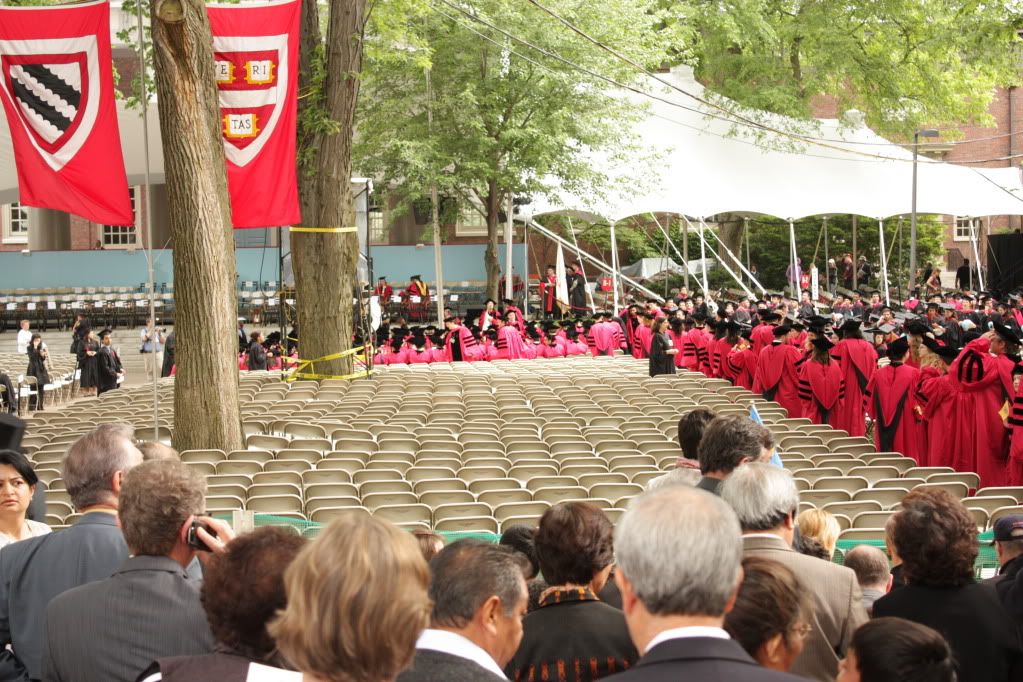
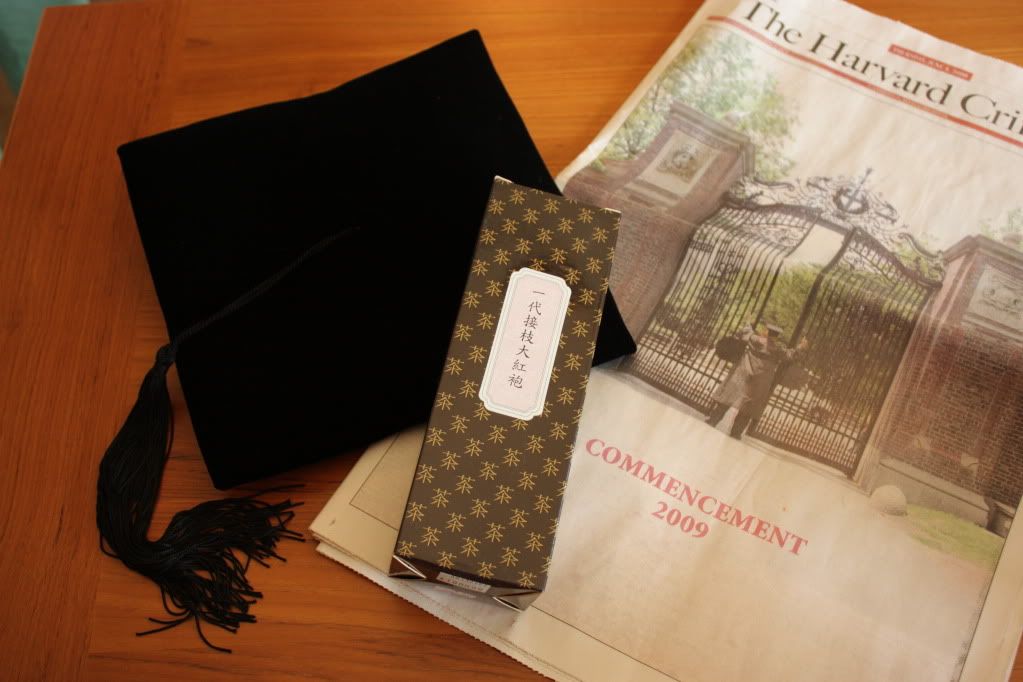
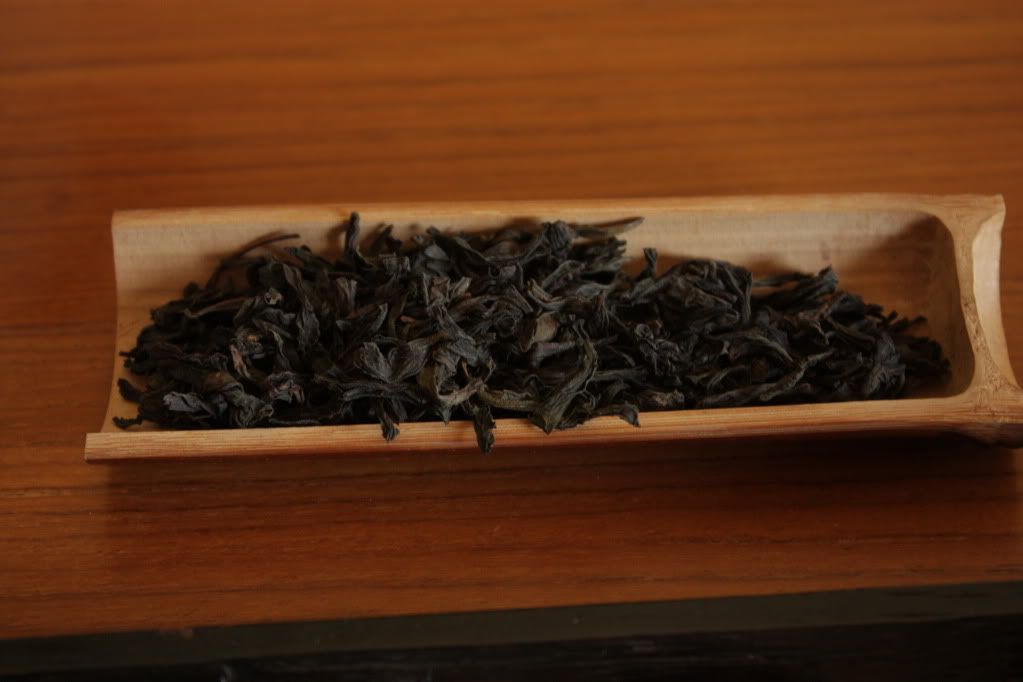
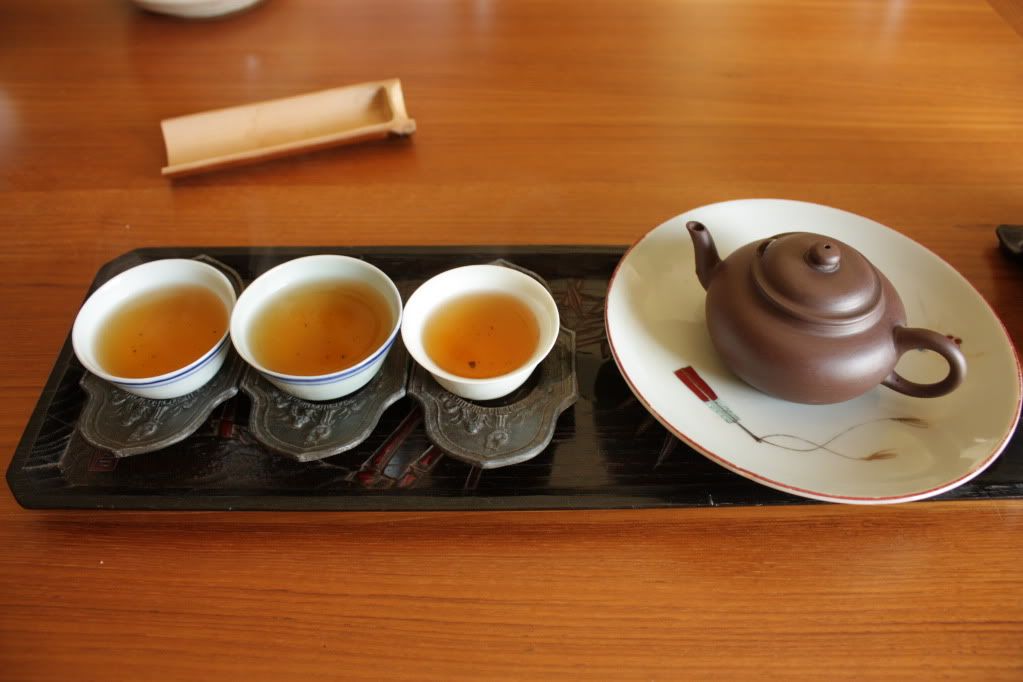
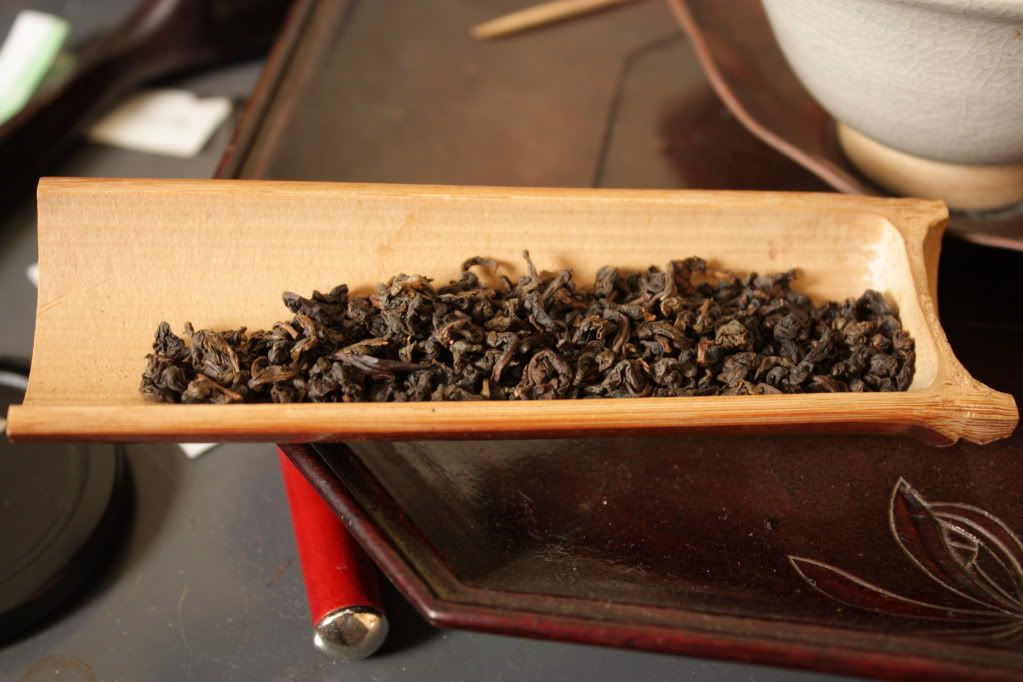
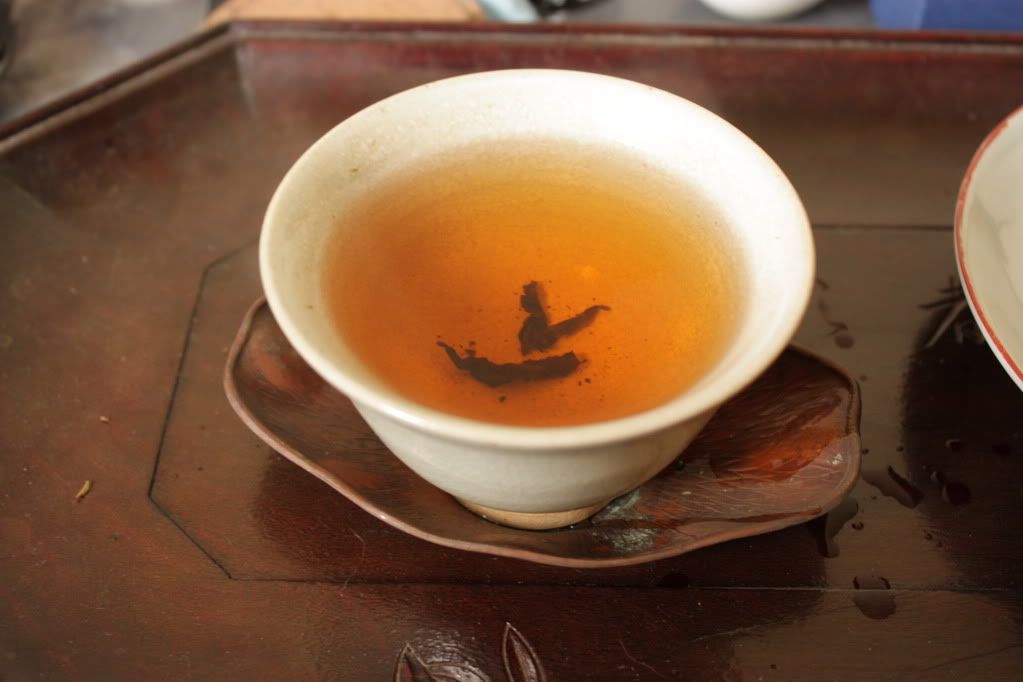
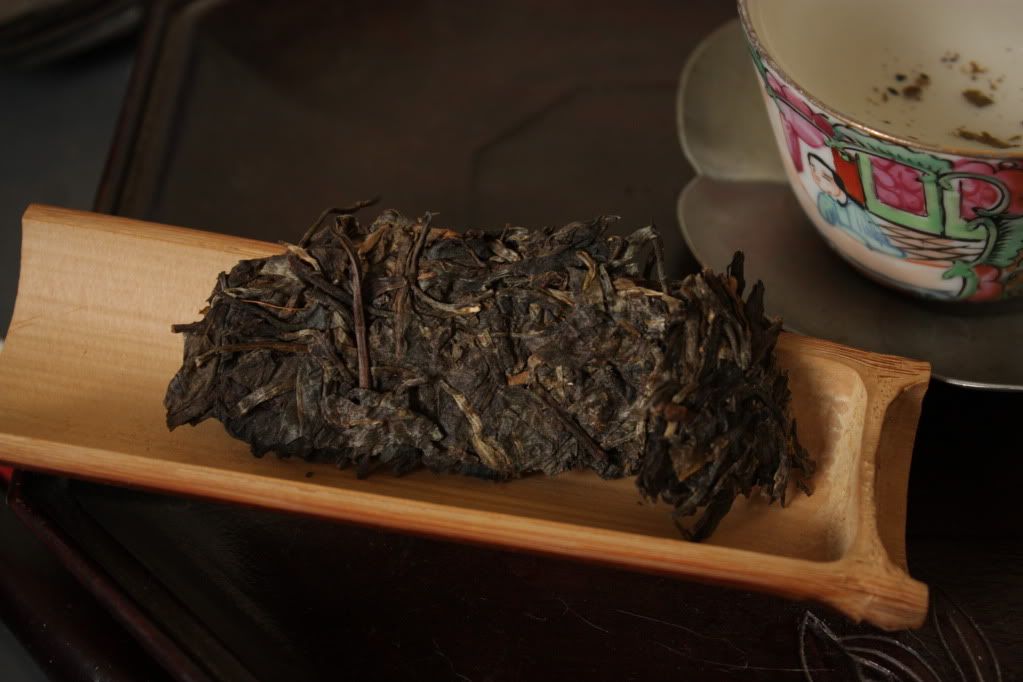
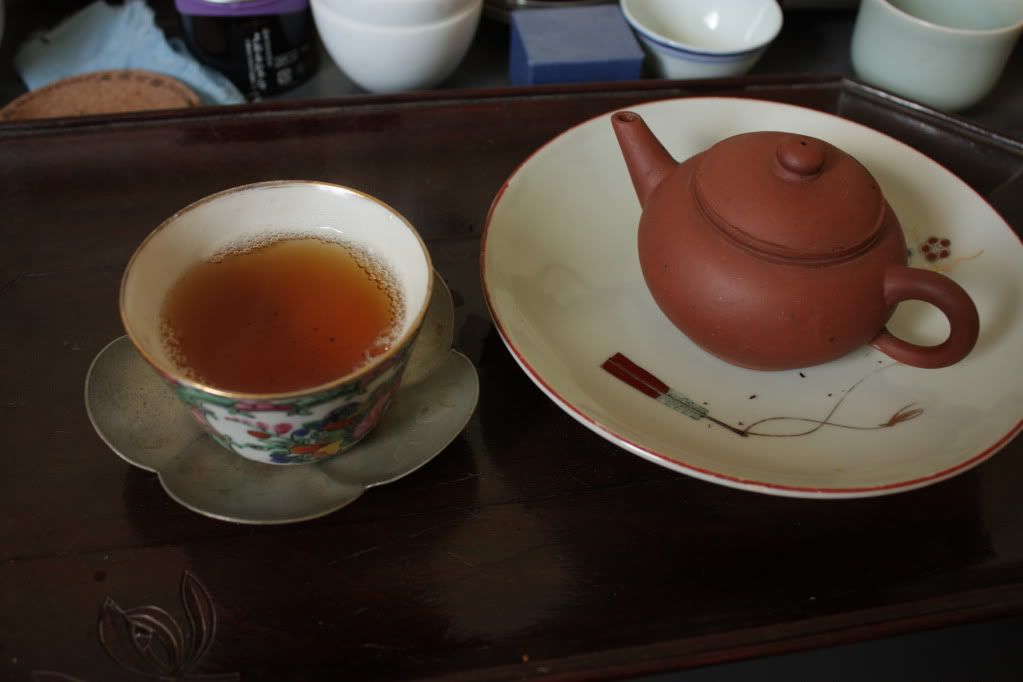
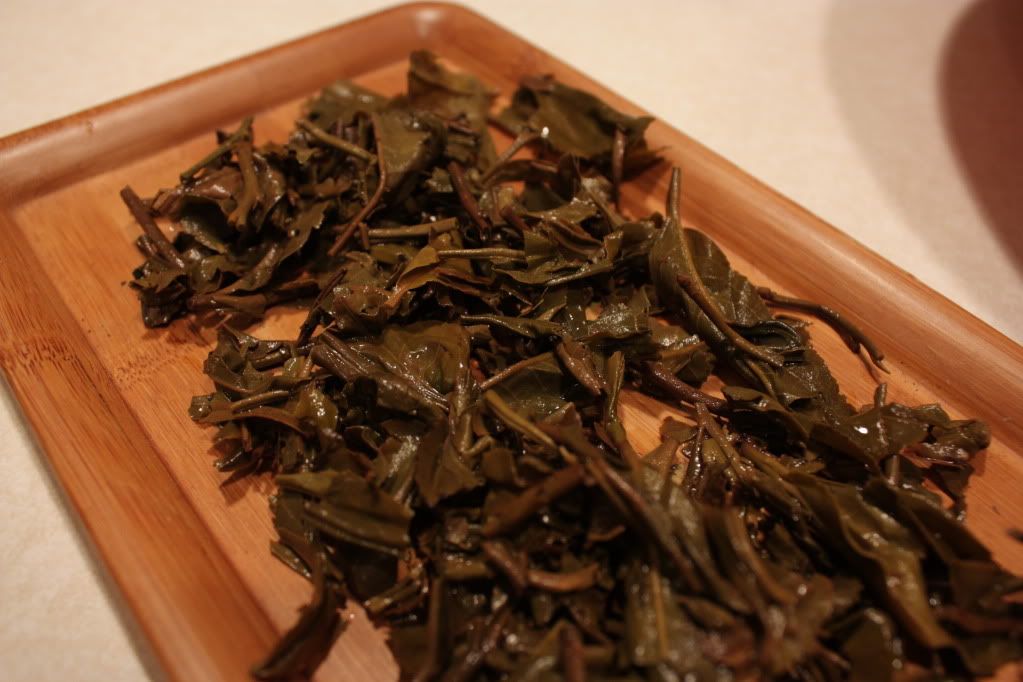
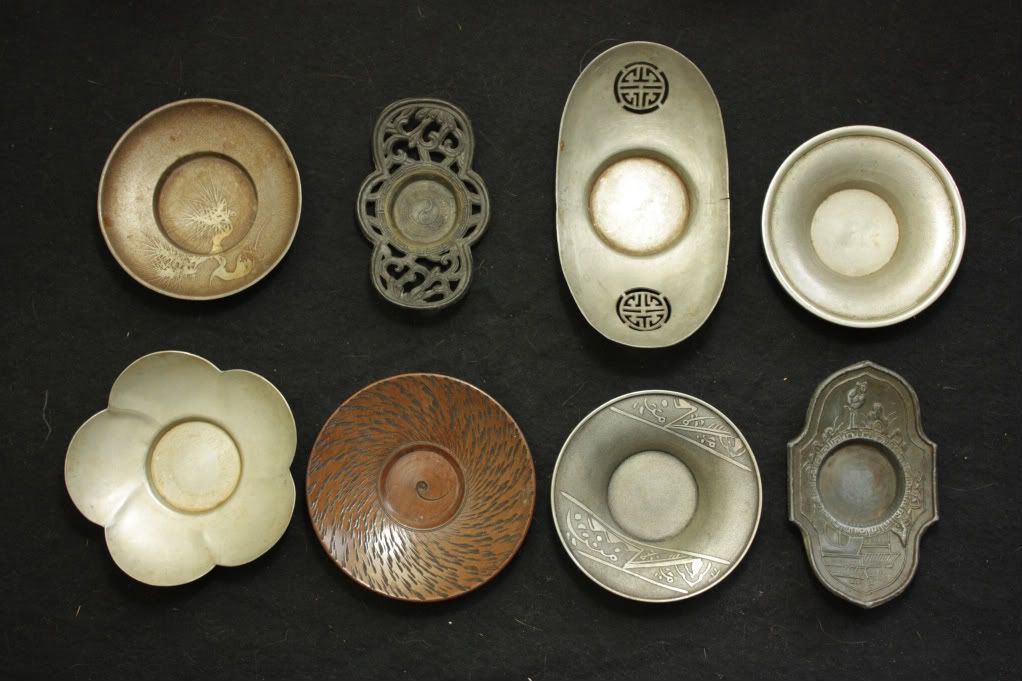
 RSS - Posts
RSS - Posts
Interesting.... would 250C in my oven work?